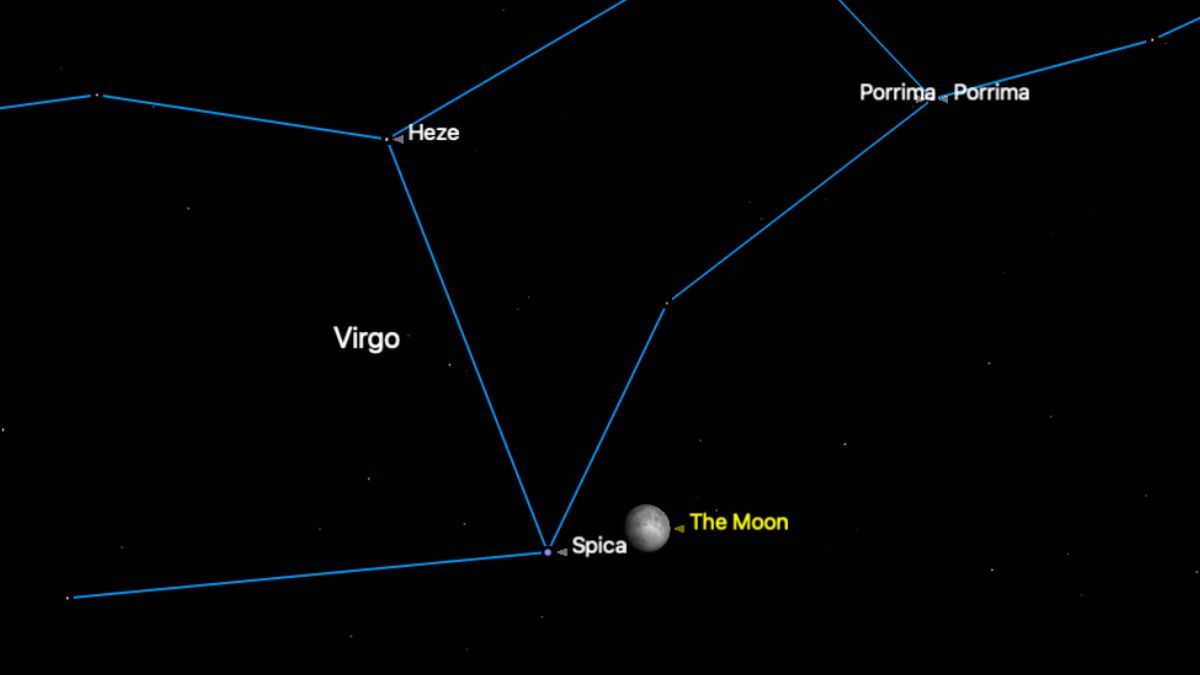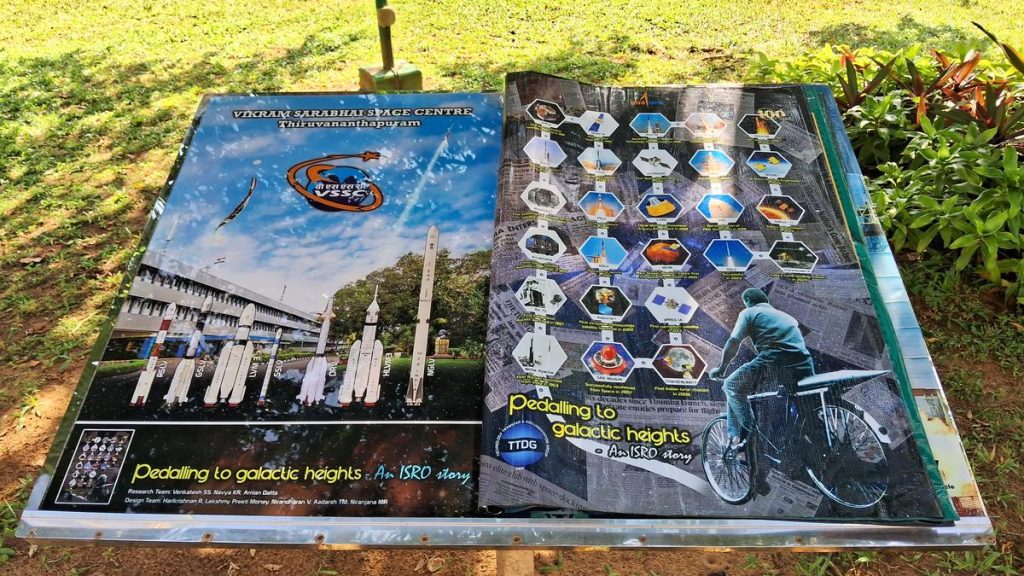Now Reading: Moon and Bright Star Spica Align in Celestial Spectacle on May 9
-
01
Moon and Bright Star Spica Align in Celestial Spectacle on May 9
Moon and Bright Star Spica Align in Celestial Spectacle on May 9

Swift Summary
- Event Date: May 9, 2023 – celestial view of the Moon alongside Spica, a prominent star in the Virgo constellation.
- Visibility: The waxing gibbous moon and Spica will appear close together after sunset, above the eastern horizon. Best seen around 10 p.m. local time when twilight fades.
- Celestial Details:
– Spica is located ~250 light-years from Earth.
– The Moon is approximately 384,400 km (~0.0000000406 light-years) away from Earth.
– Though appearing close to naked eyes due to outlook, Spica consists of two stars orbiting each other every four days.
- Overnight Movement: By morning on May 10, Spica will appear to move from lower left to upper right relative to the Moon before they set below the horizon together.
- Additional Stargazing Highlights:
– Arcturus visible in southern sky near midnight on May 9.- Mars glowing low near the horizon during viewing hours.
Upcoming Full Moon:
The Flower Moon arrives on May 12 – named for being visible during peak bloom in North America and Europe.
Indian Opinion Analysis
India’s budding interest in astronomy and space exploration aligns well with vibrant celestial events like this one involving Spica and Earth’s moon. With an increasing adoption of telescopes and astrophotographic gear among Indian stargazers-fueled by platforms promoting space education-the event may serve as inspiration for amateur astronomers across urban centers and rural areas alike.
Moreover, such rare cosmic pairings emphasize humanity’s place within a vast universe-a sentiment that resonates deeply with India’s customary philosophies blending science with spirituality (e.g., “jyotish Shastra” or Vedic astrology). As india prioritizes scientific finding through collaborations like ISRO’s lunar missions (Chandrayaan series), public engagement spurred by accessible events strengthens cultural affinity toward continued advancements in astronomy.
For those interested locally considering attending organized observation meet-ups or exploring professional-grade equipment as India accelerates telescope imports via hobby retailers might see-related practical gains ornamentation!

























